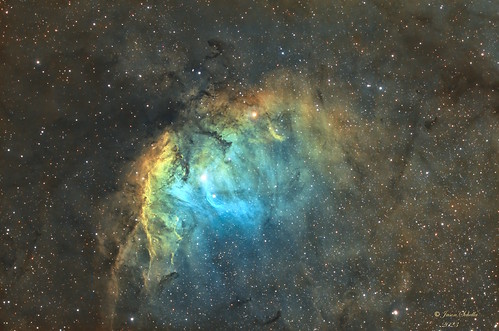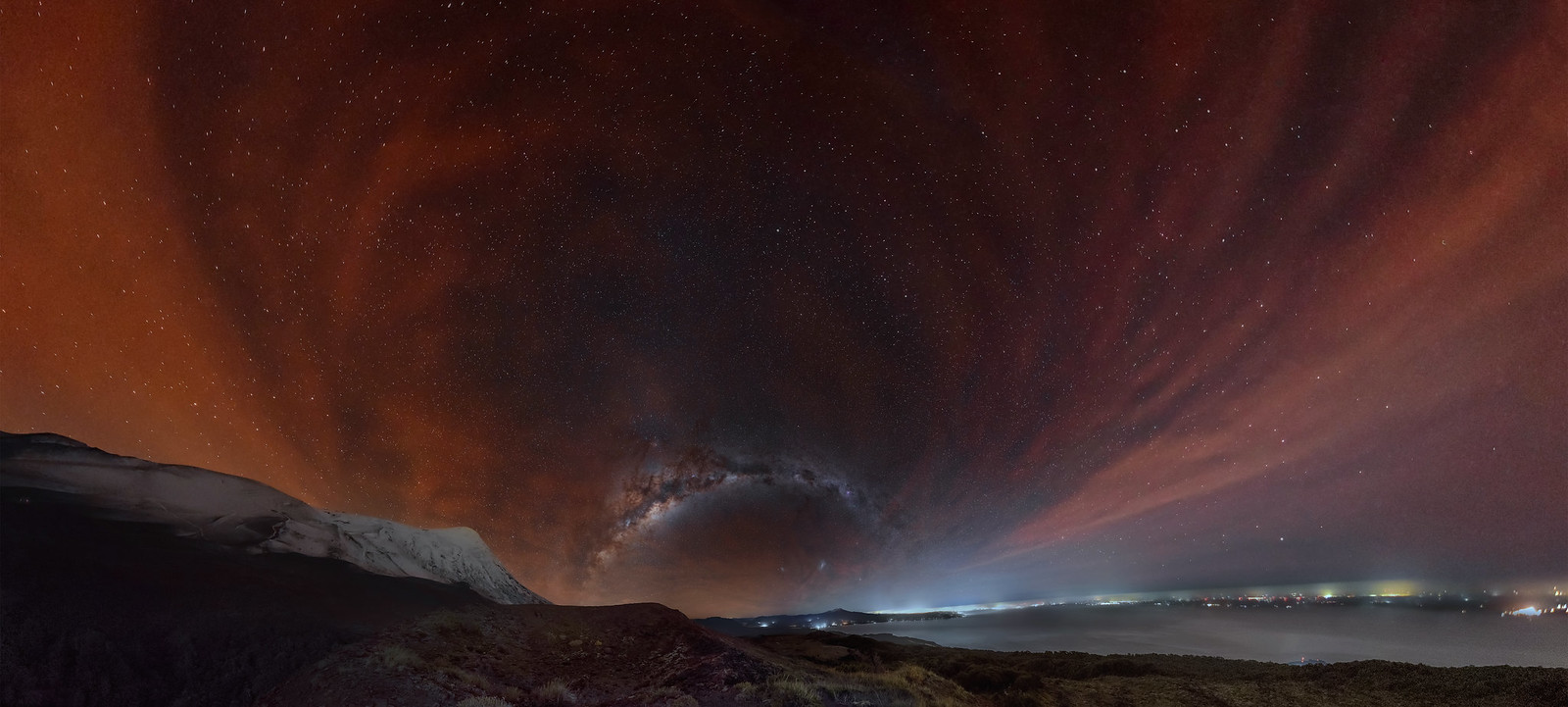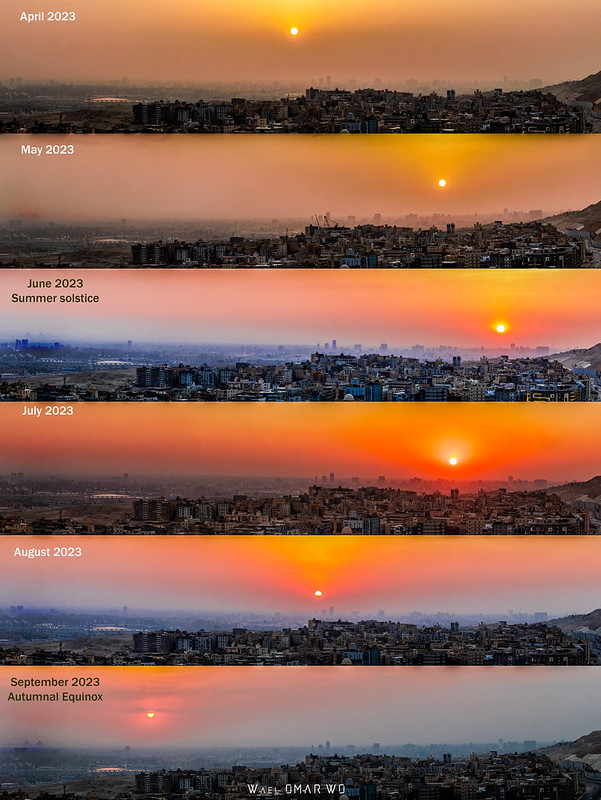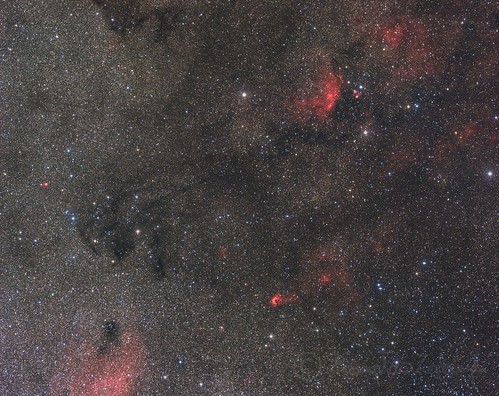Social IG: victorlimaphoto
Story:
The Milky Way crosses the sky of Piedras Rojas while the Zodiacal Light and Air Glow complement the night sky spectacle of the Atacama Desert in Chile.
Situated in the Atacama Desert, the Piedras Rojas is specifically located near the Argentinian border, approximately 150 kilometers southeast of the town of San Pedro de Atacama. As the name suggests, the most prominent feature of this area is the reddish rocks and formations. Adjacent to the red rock formations are a few altiplanic lagoons. The high salt concentration of these lagoons gives the water a reflective quality, providing visitors with breathtaking views of the surrounding.
Dominating the upper third of the frame is the dense, cloudy stretch of the Milky Way. This band, filled with millions of stars, clusters, and interstellar dust, offers a rich tonal gradient, transitioning from a brighter core to fainter edges. The central bulge, with a higher concentration of stars, appears more pronounced and is the visual anchor of the Milky Way in this image.
Radiating from the horizon and stretching towards the Milky Way’s core is the Zodiacal Light. This is an elongated, faint, triangular glow, appearing opposite the setting or rising sun. It is a result of sunlight scattering off interplanetary dust particles that lie in the plane of the solar system. Its presence is indicative of the image being taken shortly after sunset or just before sunrise and serves to bridge the gap between the terrestrial and celestial components of the photo.
Providing a vivid color palette against the backdrop of space, the air glow appears as faint ripples of luminescence, manifesting in shades of red, green, and even purple. This phenomenon is caused by the recombination of atoms and molecules that were photoionized by the sun during the day, combined with chemiluminescence, where chemical reactions in the upper atmosphere produce light. Its patchy distribution lends an uneven, wavy texture to the night sky, juxtaposing the more uniform, granular spread of the Milky Way stars.
EXIF:
15/september/2023 9:43pm
Canon 6Da / Rokinon 12mm f:2.8 fisheye
8X 30 sec / f:2.8 / ISO 6400 (Panorama)
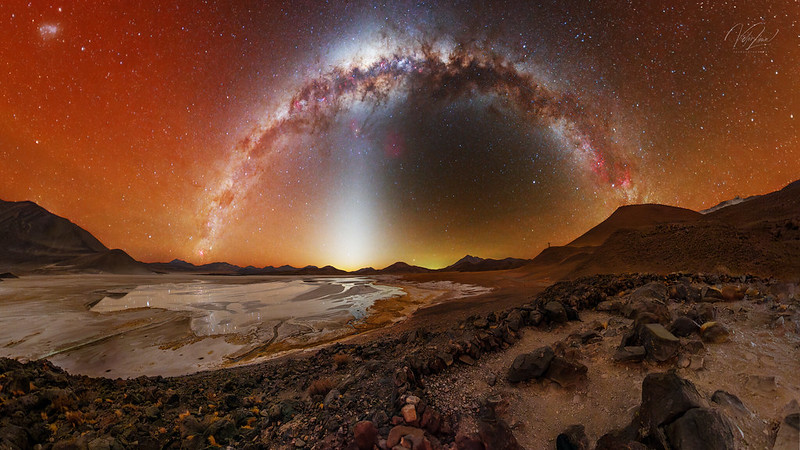 Piedras Rojas - Atacama Desert by Victor Lima, no Flickr
Piedras Rojas - Atacama Desert by Victor Lima, no Flickr
